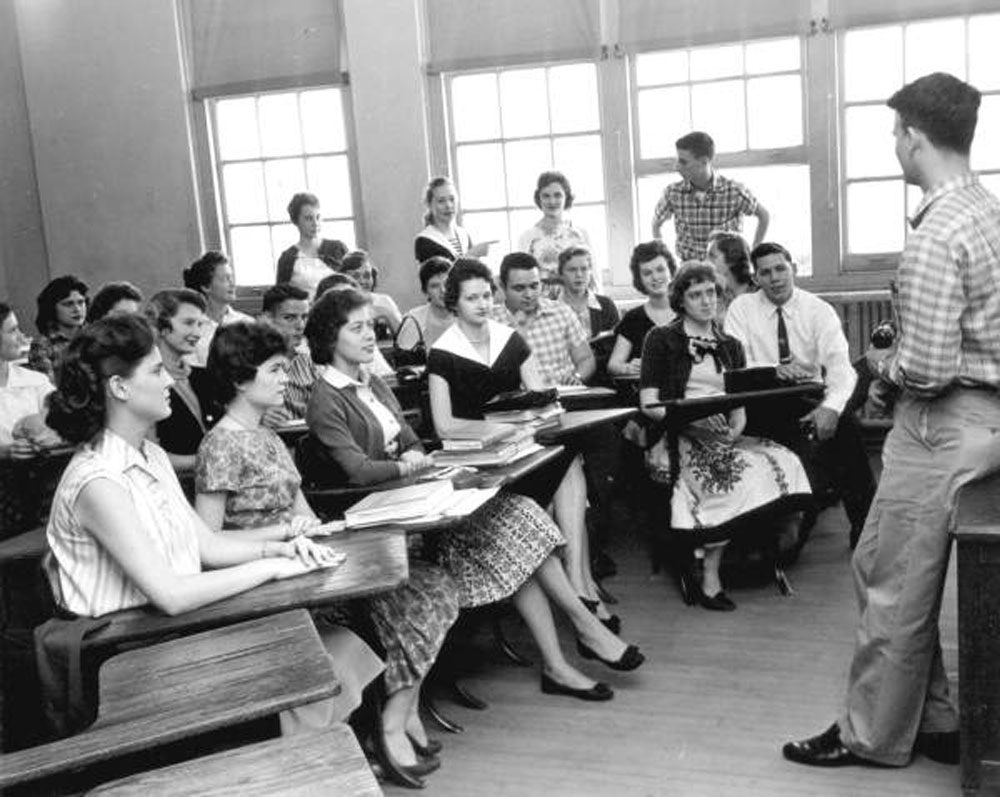James N. Gregory
A Democratic Socialist’s shock victory in a crucial primary election following an unprecedented grassroots effort has happened before.
The headlines that followed Zohran Mamdani’s primary victory in the New York City mayoral race on June 24, 2025, were similar to those that Upton Sinclair garnered in the summer of 1934.
Almost everyone was taken aback by Mamdani’s victory. Not only did he defeat Andrew Cuomo, the former governor who was greatly favored, but he did so by a significant margin. Because of his unique coalition, his Muslim ethnicity, and his participation in the Democratic Socialists of America, which, according to traditional political theory, should have prevented him from winning.
At least to historians like me, this sounds familiar. The well-known author and socialist for the most of his life, Upton Sinclair, won the Democratic primary in 1934 when he ran for governor of California with a radical plan he named End Poverty in California, or EPIC.
The story spread throughout the world and sparked a lot of conjecture about what would happen in California, where Sinclair was predicted to win the general election at the time. Theories concerning the Democratic Party’s future were also sparked by his primary victory, arguing that the party’s shift toward radicalism may make Franklin D. Roosevelt’s Democratic administration’s programs more difficult to implement.
Supporters of Mamdani may be worried about what transpired next. Elites in the media and business launched a fear campaign that made Sinclair defensive. In the meantime, a third candidate divided the progressive vote, and conservative Democrats defected.
The incumbent governor, Frank Merriam, who would have had a harder time defeating a traditional Democrat, defeated Sinclair handily in the November election.
I have written a great deal about Sinclair’s EPIC movement as a historian of American radicalism, and I oversee an online project that has copies of campaign materials and in-depth analyses of the campaign.
Initiating the intermittent influence of radicals within the Democratic Party, Upton’s 1934 campaign exemplifies some of the possible dynamics of that connection, which may still be pertinent to Mamdani in the months ahead, nearly a century later.
California, 1934
In late 1933, Sinclair entered the race for governor with the intention of changing things but without any expectations of winning. The Great Depression still gripped California. When Roosevelt took office in March, the unemployment rate was projected to be 29%, and it has only marginally improved since then.
In the 1932 presidential election, Democrat Roosevelt easily defeated Sinclair’s Socialist Party. Among those unsatisfactory outcomes was California, where the Democratic Party had been a footnote for over thirty years.
Sinclair concluded that it was time to test what radicals inside the party could achieve.
He quickly printed a 64-page brochure titled “I, Governor of California and How I Ended Poverty,” and reregistered as a Democrat. It outlined his proposal for the state of California to seize idle farms and factories and convert them into cooperatives focused on production for use rather than production for profit in order to address the state’s severe unemployment problem.
As thousands of volunteers established EPIC clubs throughout the state, eventually reaching over 800 by election time, and sold the weekly EPIC News to generate campaign funding, Sinclair soon found himself in charge of an incredibly popular campaign.
After worrying about Sinclair for too long, mainstream Democrats were unable to come together in support of a different candidate. It wouldn’t have mattered, though. With more votes than any of his rivals combined, Sinclair hailed a resounding primary victory.
The tale was reported in newspapers all across the world.
Why is California in trouble?Author Greg Mitchell says the Boston Globe asked. Voters of a major party in our nation have never shifted so far to the left.
Building fear
Primaries are one thing. However, the general election held in November of 1934 took a different route.
Fearful of Sinclair’s scheme, business executives organized to overthrow EPIC, creating a rare cross-party alliance in America that only occurs when radicals threaten to win elections. In his book I, Candidate for Governor: And How I Got Licked, which he wrote soon after the November election, Sinclair detailed the endeavor.
The five Democratic-leaning Hearst newspapers were among the nearly all-important newspapers in the state that joined the fight against Sinclair. In the meantime, a costly advertising firm created nonpartisan organizations called California League Against Sinclair and Democrats for Merriam, promoting the identities of well-known Democrats who opposed Sinclair.
Merriam, who had just infuriated many Californians by sending the National Guard to quell a Longshore strike in San Francisco, only to incite a general strike that shut down the city, was not well liked by many members of any party.
Billboards, radio and film programs, and incessant newspaper articles about Sinclair’s radical past and allegedly hazardous plans for California were all part of the campaign against him.
Raymond Haight, a candidate for the Progressive Party, presented another obstacle for EPIC. Haight posed a threat to voters on the left.
In an attempt to defend himself, Sinclair vehemently denounced what he dubbed the Lie Factory and provided updated, more reasonable versions of some EPIC plan components. However, the Red Scare campaign was successful. Merriam won the three-way race by a plurality, handily surpassing Sinclair.
New York, 2025
What may a Democratic Socialist candidate for New York’s mayoralty expect in the next months?
Some of the statements made by a movement to prevent Mamdaniis from banding together are similar to those made during the 1934 effort to halt Sinclair.
Bill Ackman, a gregarious billionaire hedge funder, was quoted in the Guardian newspaper as saying that he and other financial industry players are prepared to invest hundreds of millions of dollars in a rival campaign.
Newspapers reported in 1934 that big businesses, including the renowned Hollywood studios, had threatened to withdraw from California if Sinclair won. Similar dangers have lately been alerted to by the Wall Street Journal, Fortune magazine, and other media outlets.
Additionally, the political dynamics might be comparable.
The only other candidate Sinclair’s opponents could present was a feeble one. Merriam had a lot of detractors and few friends.
After been saved by President Donald Trump from a corruption indictment that may have resulted in his imprisonment, New York City Mayor Eric Adams, who dropped out of the primary when running as a Democrat and is now running as an independent, is likely even weaker in 2025. He will probably follow the same campaign tactics as 1934 if he is the best chance to stop Mamdani. Adams isn’t being promoted by any of the attack advertisements.
However, the way the New York contest is developing differs significantly. As an independent, Andrew Cuomo is still on the ticket, and his name may attract votes that Adams might otherwise receive.
The Republican candidate, Curtis Sliwa, will also be on the ballot. In 2025, three candidates will split the stop-Mamdani votes, whereas in 1934, two candidates split the progressive votes.
In the upcoming campaign, religion also plays a significant role. There are an estimated 1.6 million Jews living in the New York City metro region, whereas there are at least 600,000 Muslims. Adams has declared that his campaign’s central subject will be the threat posed by antisemitism.
The stop-Sinclair campaign also relied on religion, focusing on his professed atheism and pulling quotations from books he had written denouncing organized religion. A statistical analysis of voting demographics, however, indicates that this endeavor was insignificant.
![]()
James N. Gregory is a University of Washington history professor.







